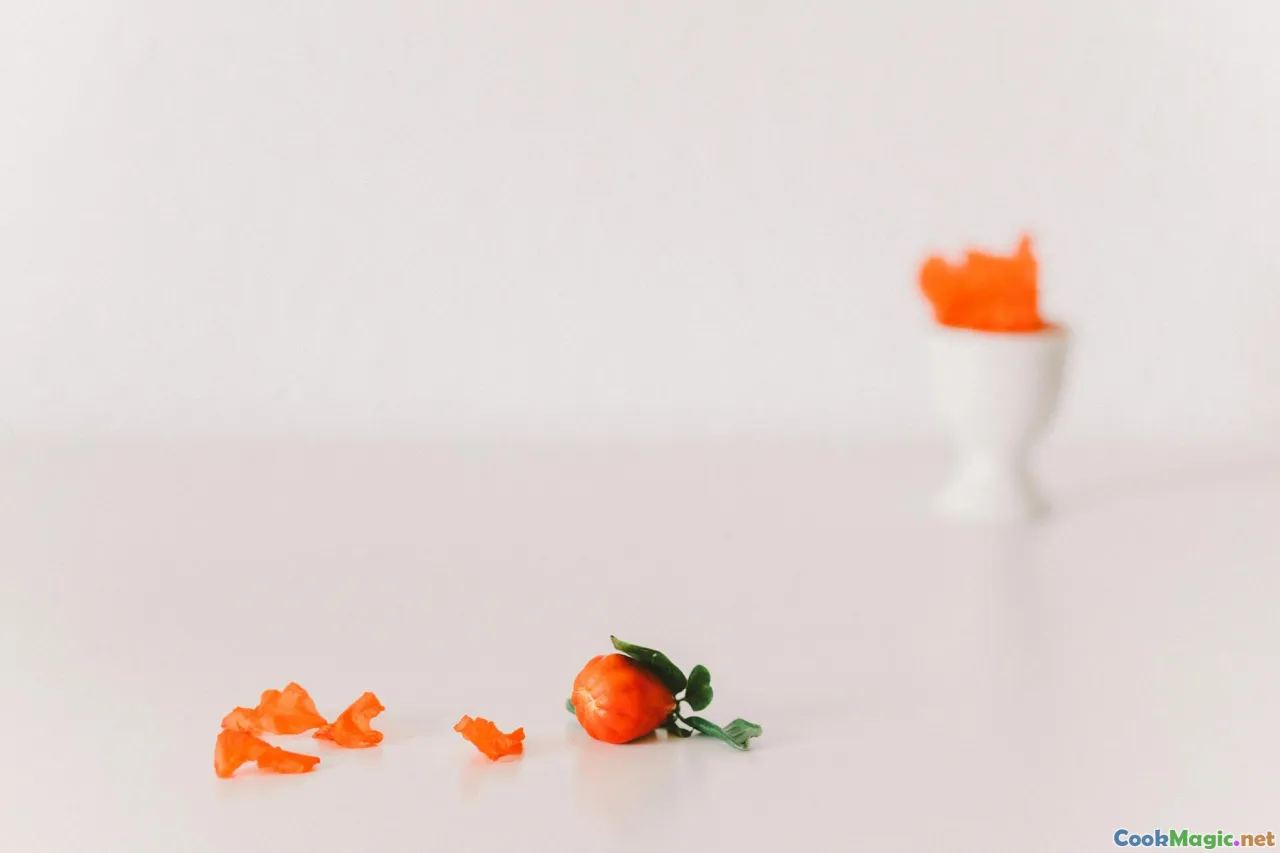Understanding the Origins of Bhuna in Bangladeshi Cooking
8 min read Discover the rich history and cultural significance of Bhuna in Bangladeshi cooking, exploring its origins, flavors, and traditional preparation methods. April 29, 2025 08:55
Understanding the Origins of Bhuna in Bangladeshi Cooking
Imagine walking through the bustling markets of Dhaka at dawn, the air thick with the aroma of spices, sizzling oil, and freshly ground masalas. Amidst this sensory symphony, one dish stands out—an intensely flavorful, aromatic, and deeply rooted culinary tradition known as Bhuna. But what exactly is Bhuna, and how did it come to hold such a cherished place in Bangladeshi cuisine? To truly understand Bhuna, we must delve into its layered history, cultural significance, and the meticulous techniques that define its unique character.
The Essence of Bhuna: A Taste of Tradition
At its core, Bhuna refers to a cooking style characterized by slow frying or roasting spices and ingredients until they release their essential oils and develop a rich, concentrated flavor. The word Bhuna itself stems from the Bengali word for 'frying' or 'roasting,' encapsulating the method's essence. Unlike quick stir-fries, Bhuna involves patience, allowing flavors to deepen and ingredients to meld into a harmonious whole.
In Bangladeshi kitchens, Bhuna is not just a cooking technique; it's an art form passed down through generations. Whether in the preparation of a spicy beef Bhuna, a fragrant fish Bhuna, or a hearty vegetable version, the method emphasizes layering flavors, building complexity, and achieving a balance between heat, aroma, and texture.
Historical Roots: Tracing the Origins of Bhuna
Ancient and Medieval Influences
The origins of Bhuna can be linked to the broader Indian subcontinent's culinary evolution, where spice blends and slow-cooking techniques have long been integral. Historical texts and ancient manuscripts reveal that Mughal kitchens introduced elaborate spice roasting and frying methods, which gradually permeated regional cuisines, including Bengal.
During the Mughal era, the emphasis on aromatic, slow-cooked dishes grew, blending Persian influences with local ingredients. This fusion gave rise to rich, layered dishes—many of which employed the Bhuna technique to intensify flavors.
Colonial and Post-Colonial Developments
The British colonial period further shaped Bengali culinary traditions, emphasizing preservation and adaptation. The need for flavorful yet sturdy dishes that could be prepared in large quantities led to refining Bhuna methods, making them central to festive and everyday cooking.
Today, Bhuna remains a symbol of Bengali culinary identity, a testament to centuries of cultural exchange, innovation, and community bonding over shared meals.
The Cultural Significance of Bhuna in Bangladesh
A Ritual of Patience and Precision
In Bangladeshi households, preparing a perfect Bhuna is more than just cooking; it’s a ritual that demands patience, skill, and attention to detail. The process often involves roasting spices like cumin, coriander, turmeric, and dried chilies, until their aroma fills the kitchen—an act akin to meditative focus.
Celebrations and Community
Bhuna dishes are the centerpiece of many festivals, weddings, and communal gatherings. They serve as a culinary canvas for showcasing regional ingredients, local spice blends, and personal family recipes.
Emotional and Personal Connections
For many Bangladeshis, a well-made Bhuna evokes memories of home, family, and tradition. The smell of a simmering Bhuna can transport someone back to their childhood kitchen or a grandmother’s comforting embrace.
The Art and Technique of Making Bhuna
Selecting the Right Ingredients
The journey to a perfect Bhuna begins with quality ingredients. Fresh spices—whole and ground—are essential for deep flavor. Traditionally, spices are roasted in oil to unlock their full aromatic potential. The choice of protein or vegetables also influences the process, with tougher cuts like beef or mutton requiring longer slow-cooking.
The Cooking Process
- Tempering Spices: Start by heating oil or ghee, then add whole spices like bay leaves, cinnamon, and cardamom to release their fragrances.
- Sautéing Aromatics: Add chopped onions, garlic, and ginger, frying until golden and fragrant.
- Adding Spices: Incorporate ground spices, frying on low heat to prevent burning, allowing flavors to intensify.
- Cooking the Main Ingredient: Introduce the protein or vegetables, coating them thoroughly with spice mixture.
- Simmering and Reducing: Cover and cook on low heat, stirring occasionally, until the ingredients are tender and the gravy has thickened.
The Final Touch
A well-executed Bhuna boasts a rich, dark color, with oil visibly separating from the thickened gravy—a sign of proper caramelization and flavor development. The aroma is a complex dance of spices, roasted to perfection.
Personal Reflections and Culinary Inspiration
Having spent years exploring Bangladeshi markets and kitchens, I’ve witnessed the reverence with which cooks approach Bhuna. It’s a dish that embodies patience and passion—an edible testament to generations of culinary mastery.
One memorable experience was observing a grandmother in a small village, meticulously roasting spices over an open flame, her hands knowing exactly when to add each ingredient. The resulting Bhuna was a symphony of smoky, spicy, and savory notes—an unforgettable taste of tradition.
This dish, simple yet profound, reminds us that great food is often the result of mindful effort and heartfelt dedication.
Conclusion: Bhuna’s Enduring Legacy
In the rich tapestry of Bangladeshi cuisine, Bhuna stands out as a symbol of culinary artistry and cultural identity. Its origins weave through history, influenced by imperial, colonial, and local flavors, yet it remains a deeply personal and communal experience.
Whether served during joyous celebrations or prepared as a daily comfort, Bhuna invites us to slow down, savor each spice’s story, and appreciate the enduring power of tradition. As we continue to explore and innovate within this vibrant cuisine, the essence of Bhuna reminds us that food is not just nourishment—it’s a link to our history, our community, and ourselves.
Let each spoonful be a journey through time and taste—an ode to the timeless art of Bangladeshi cooking.









